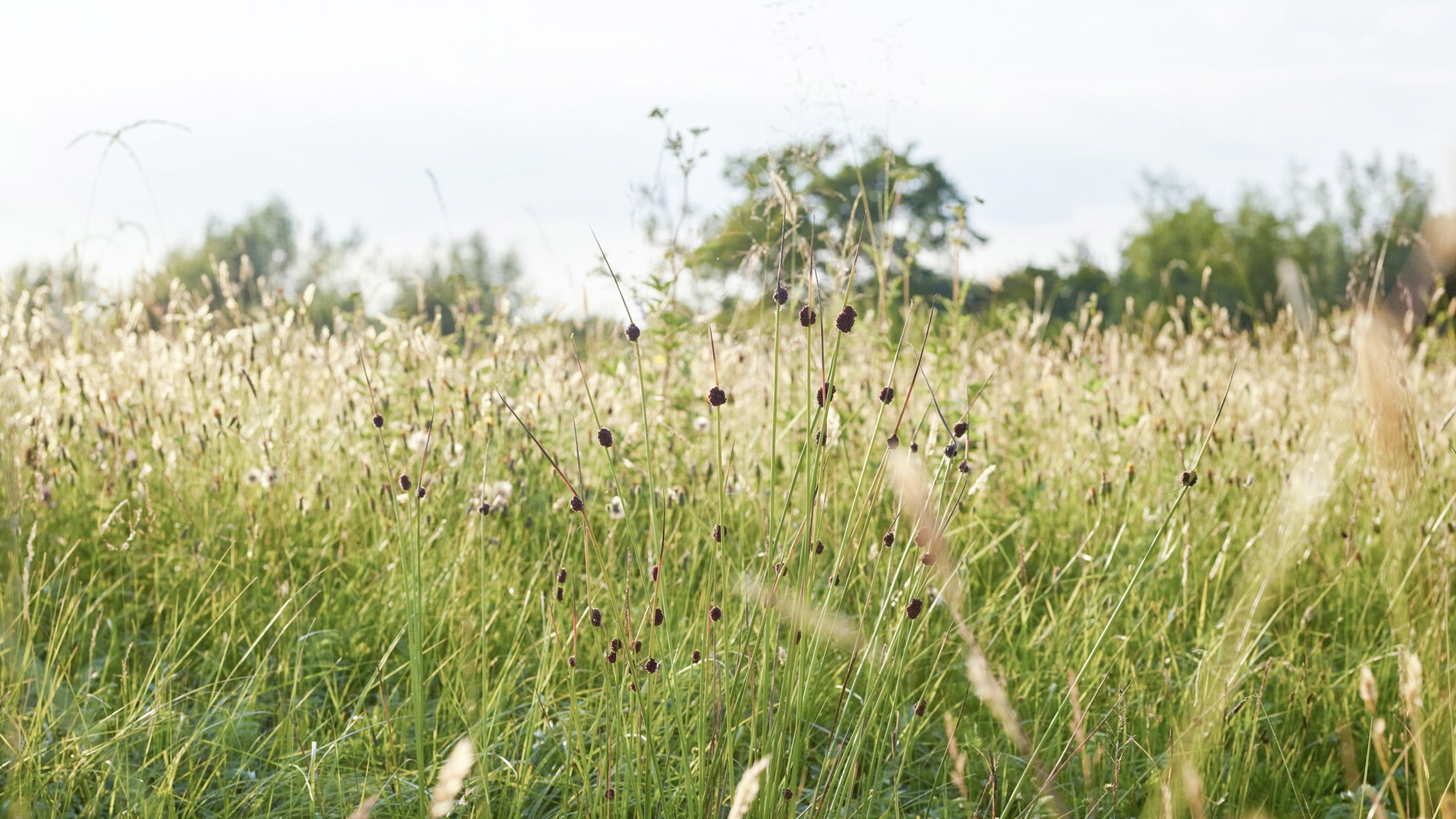A photostory - part 1
A year in the life of our flourishing floodplains
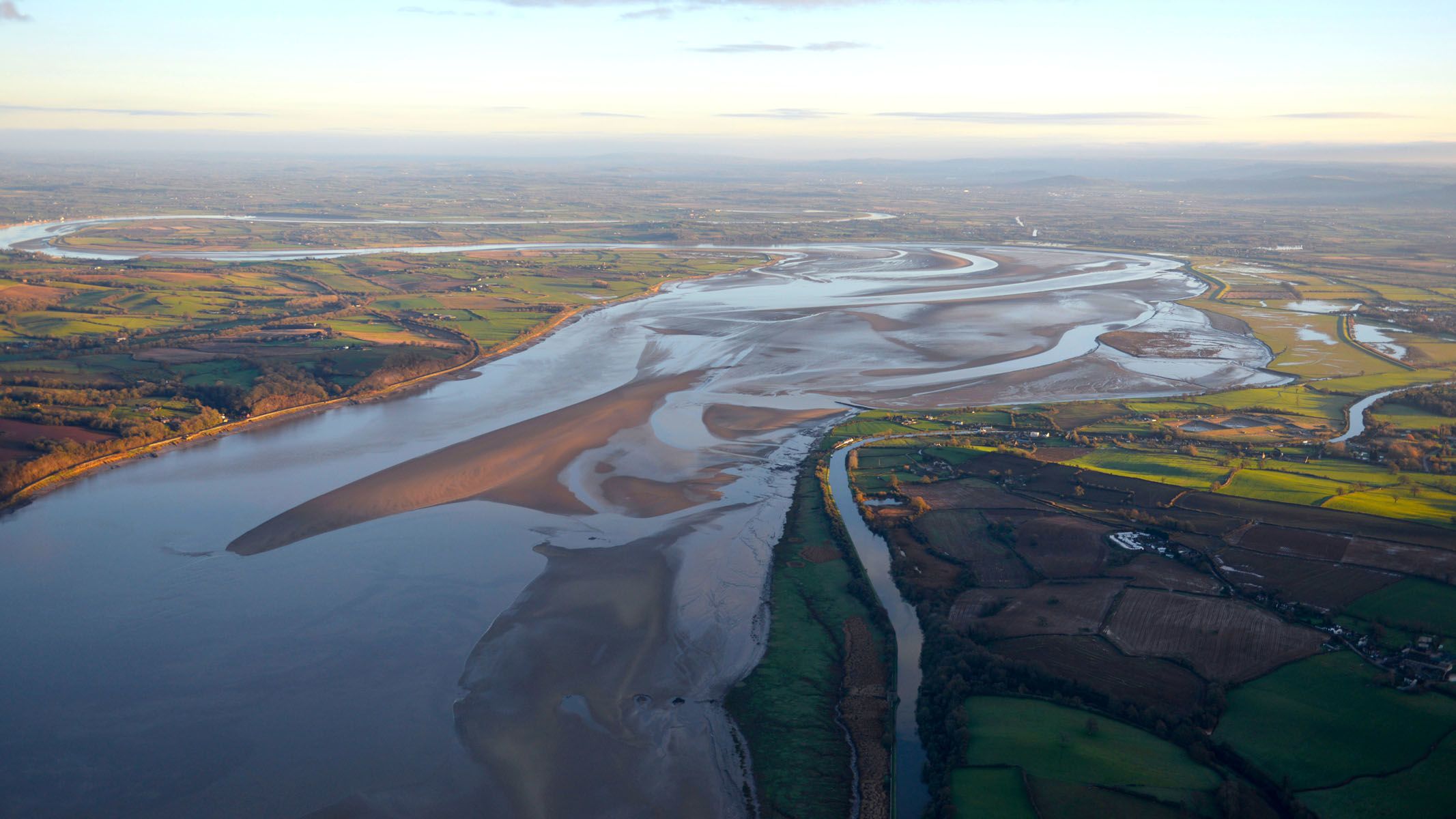
When you think of the world’s greatest wetlands, you might imagine the Pantanal in Brazil or the Okavango Delta in Botswana. But some of the best, are right on our doorstep.
The Severn Estuary is one of the UK’s great natural wonders and a globally important wetland. Sir Peter Scott called it the Serengeti of the UK and it’s easy to see why. From the mighty estuary and floodplains that border it, to the wet grassland meadows and farmland ponds, the Severn Estuary and the rivers that feed it, create an extraordinary mosaic of habitats teeming with wildlife.
But this waterscape and its wildlife are under pressure due to changes in land use often driven by society’s shifting needs and priorities. It’s a complex picture and one that can’t be solved alone.
WWT is working in partnership with the Farming and Wildlife Advisory Group South West (FWAG SW) and The Floodplain Meadows Partnership, so that together we can protect and enhance these precious wetlands.
This is the first part of our story...
Restoring our ancient floodplain meadows
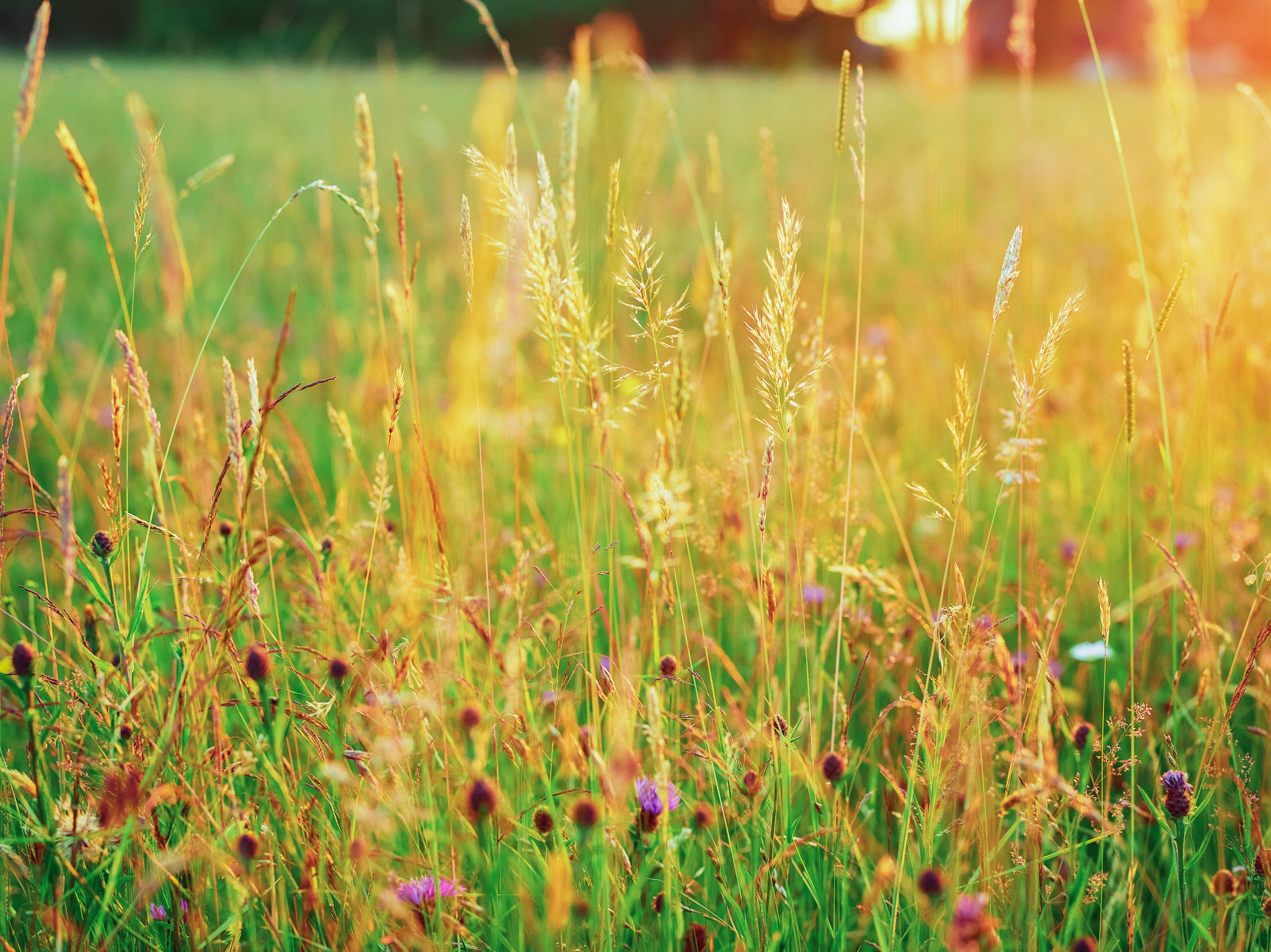
A key focus of The Flourishing Floodplains project is looking at the extent of rare, species rich floodplain meadows in the Vale.
Only 1,100 hectares remain in the UK, with the Severn Vale containing as much as 10%. These habitats are one of the most species rich grasslands in the UK, storing carbon, floodwater, and nutrients from the rivers, all whilst producing an agricultural crop.
The farmers in the Vale have been managing floodplain meadows for centuries and restoring these rare habitats is essential to support more plant and animals species to thrive.
It's late June and with the Floodplain Meadows Partnership and a passionate bunch of volunteers, we’re aiming to identify any species rich floodplain meadows in the Severn and Avon Vale.
But with the annual hay cut looming, it’s a race against time.
Some of the larger fields in the Severn and Avon Vale floodplain are still managed in the same way they were a thousand years ago. Historically these Lammas Meadows were managed as commons with hay strips allocated to parishioners.
Once the hay had been taken, local farmers would’ve put their animals on, and these large unfenced areas were then commonly grazed. They’re still managed in a similar way today, albeit with fewer farmers. As a result, they’re incredibly rich in wildflowers and grasses.
Great burnet (pictured) is a classic species of an old floodplain meadow. Volunteers are also looking for other key species like meadow foxtail grass as well as bird’s foot trefoil and knapweed.
You also find a very diverse range of grasses in floodplain meadows, sometimes more than fifteen different species. This is why these ancient meadows provide such excellent hay crops.
It’s time to collect seeds. As part of the project, we’re working with farmers to restore 20 hectares of species rich floodplain meadow and we’re doing this by collecting seed from botanically rich ‘donor’ sites and spreading them on our ‘restoration’ sites.
Here we are collecting green hay which includes ripe seed from flowers and grasses. You can see it being cut from one of our donor sites and loaded into a trailer. We then spread it on our restoration sites using a muck spreader.
We then use cattle to help us tread the seeds into the ground. The cattle also help by grazing on the grass, keeping levels low, which ensure the seeds have the best chance of establishing.
This August we used a different method to ‘brush harvest’ seed from Hucclecote Meadow in Gloucester. This meadow is specially protected due to the diversity of floodplain plants found at the site. The brush harvesting machine attaches to the back of a quad bike and as it drives over the meadow, the brushes pick up the seeds.
The brush harvested mix is then sieved to take out any larger bits of grass before being stored ready for use in the autumn.
It’s October and now that the weather has turned cooler and there’s more moisture in the soil, it’s time to sow the brush harvested seed into our meadow restoration sites.
By using both ‘green hay’ and ‘brush harvested’ seed we’re providing our meadows with as many different types of local seed as possible, in the hope they’ll become species rich hay meadows once more.
Because of their dense root structure, these species rich floodplain meadows are also excellent at storing carbon.
The diversity of roots means you get carbon stored at depth.
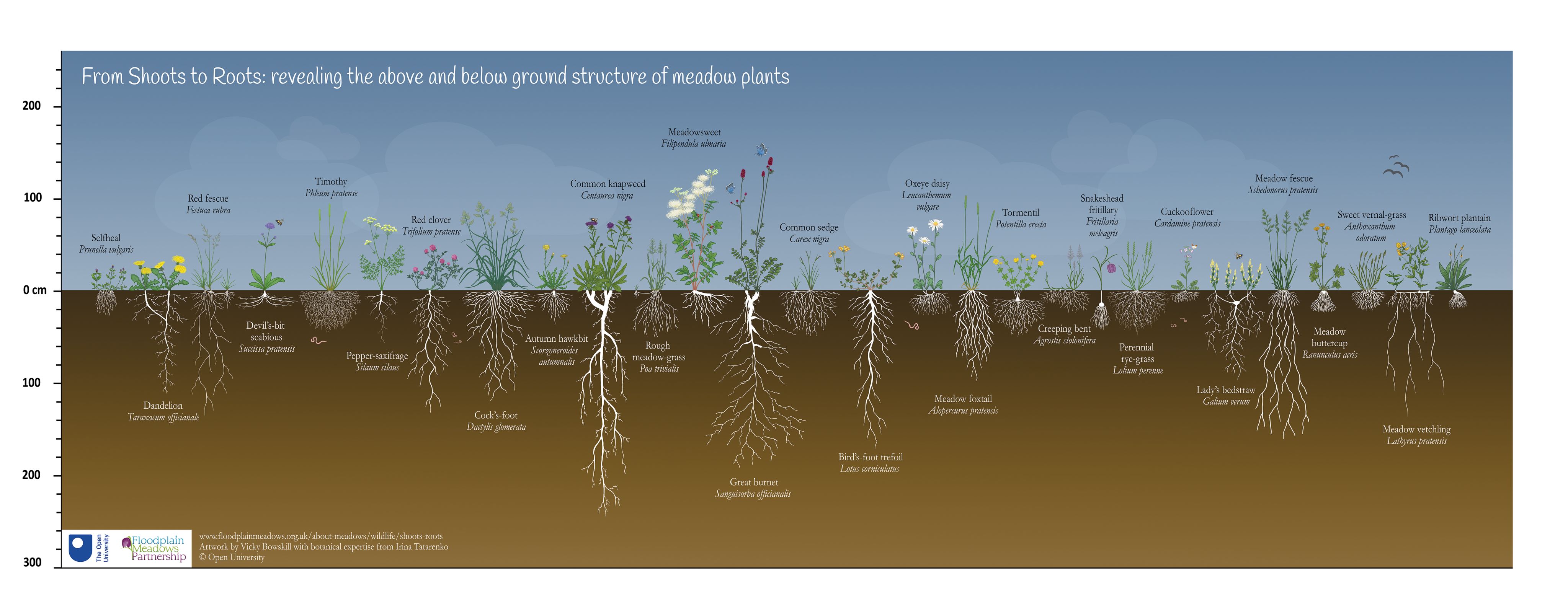
We’re collecting soil samples from the Vale and analysing them for carbon to show how much better these species rich floodplain meadows are at storing carbon, compared to other types of land use.
All of this information can be used to inform government policy, so grasslands are included alongside woodlands and peatlands, as carbon stores to help fight our climate emergency.
Inspiring our floodplain champions
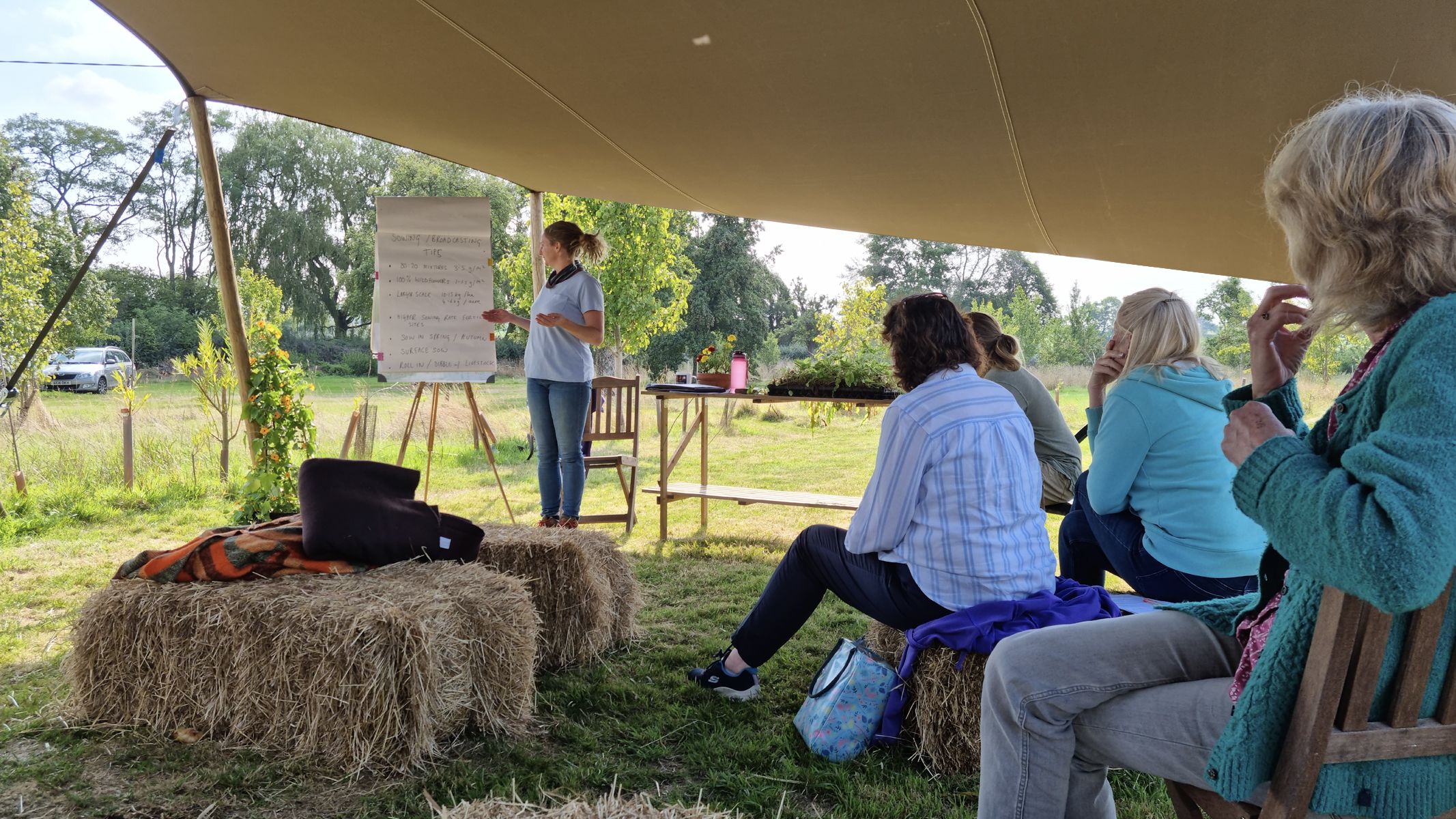
But if we’re to secure the future of our floodplains, the enthusiasm and support of local residents is vital.
We know you can only truly value something if you have first-hand experience and understanding of it. So we’ve been running various events to encourage local communities to get involved and take action to protect these precious places.
Our wildflower workshops gave individuals all the skills they need to successfully collect, sow, grow and plant out wildflowers in their local areas and gardens.
Our willow weaving workshops were a fantastic opportunity for participants to learn about our floodplain restoration work, while creating a sculpture from this common wetland tree.
Moths and dragonflies really benefit from sympathetic farming techniques that encourage wildflower rich meadows. Our event was a great way to engage people in the wonder of these wetland species.
Gloucester lies in the heart of the Severn and Avon Vale landscape, yet it’s fairly disconnected from its floodplain heritage.
We’re using art to reconnect residents with the amazing wildlife and landscapes on their doorstep.
By connecting people with nature and making them aware how close they live to a floodplain, we're hoping they'll gain a greater appreciation and understanding of the importance and beauty of these extraordinary places and be encouraged to take action to protect them.
Our vision is one where bigger, better and more connected wetlands in the Severn and Avon Vale are able to provide a home for wildlife...
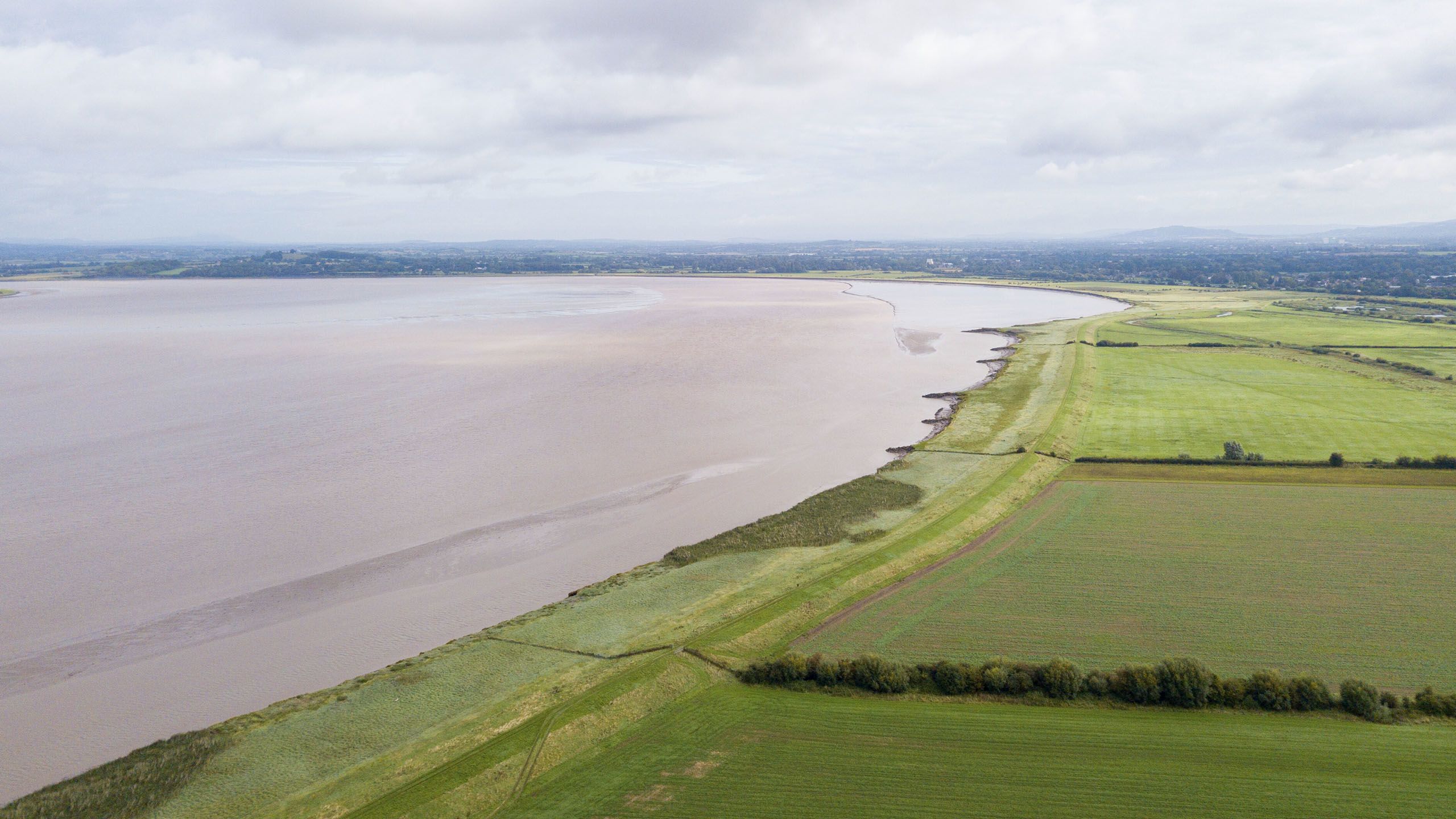
Where floodplains, rich in wildflowers and grasses play host to a thrumming world of insects...
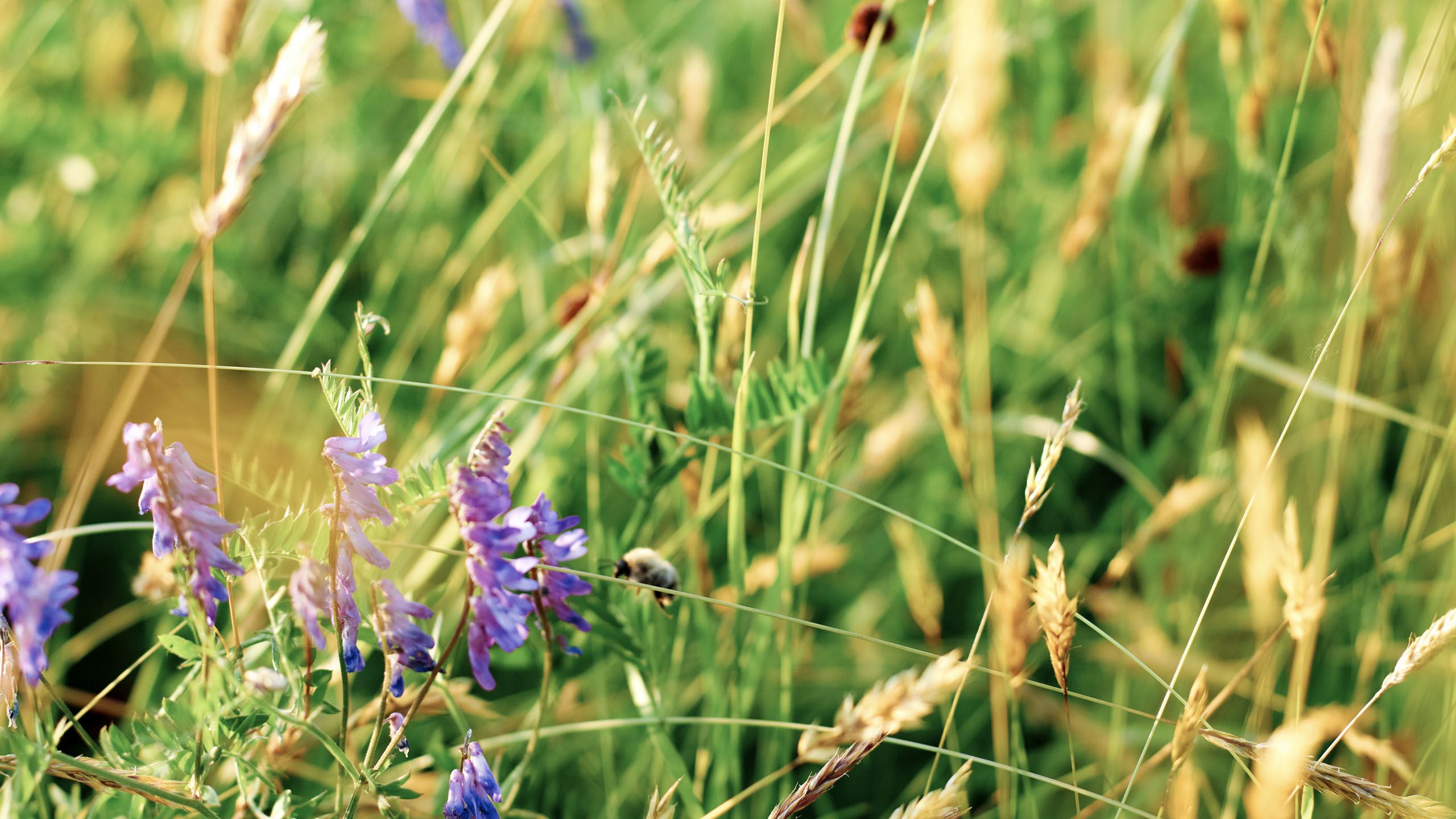
...and where people can re-discover the wonder of wetland nature in all its glory and take action to save it.
Thanks to you, our dream is becoming a reality.
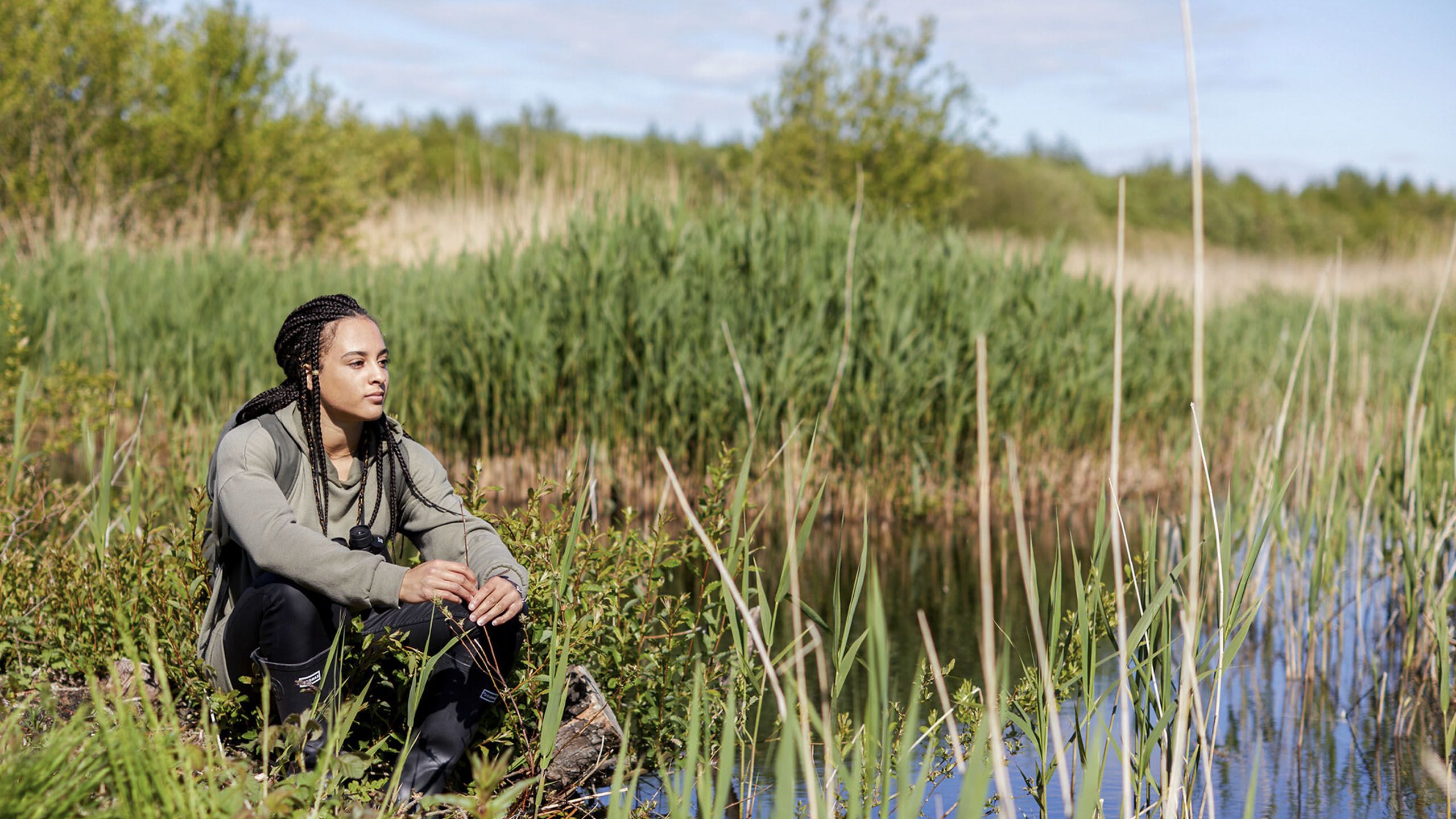
Next time...
We shine a spotlight on the work we’re doing to boost biodiversity by reviving ‘ghost ponds.’
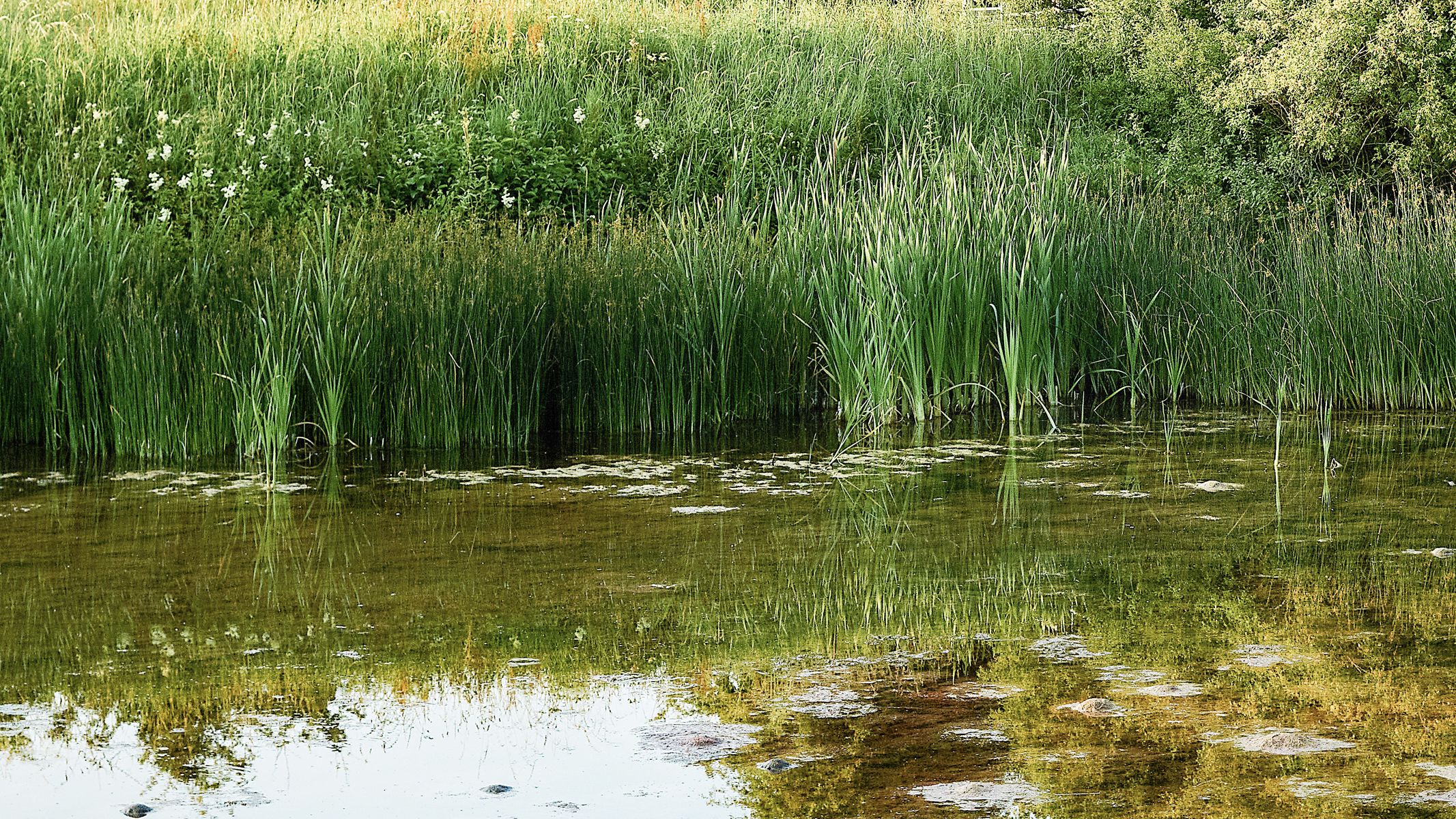
Find out more about ways you can support this work
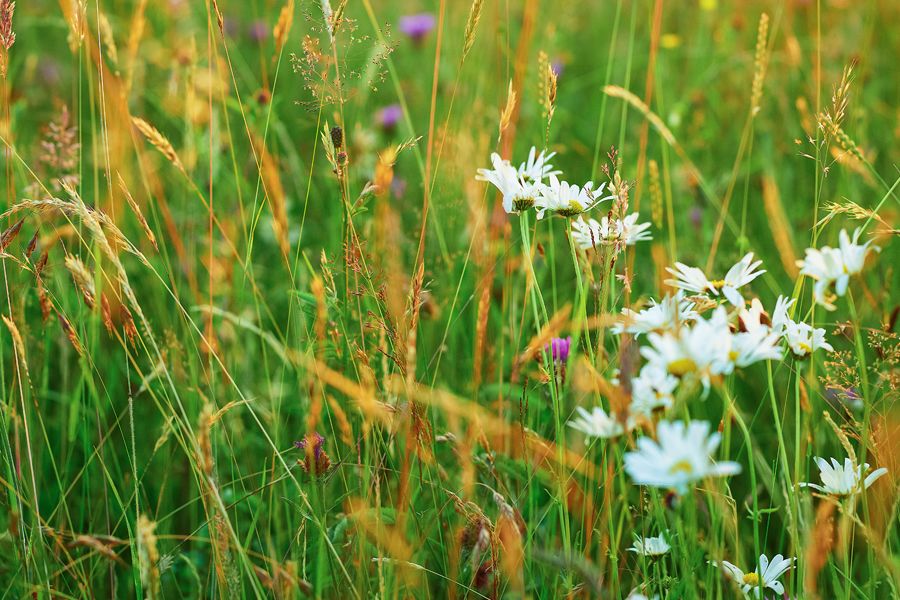
Flourishing floodplains
Read more about the background of this project and get a full overview of the impact it could have for the area.
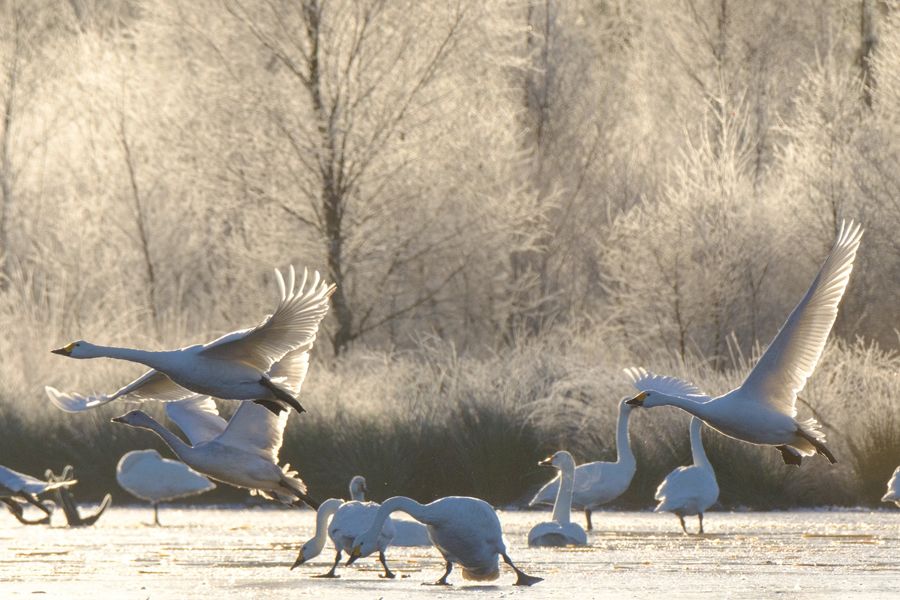
Support our work
Each winter millions of migratory birds fly home to our wetlands.
Please help us protect them.

© Image credits: WWT Images, Farming & Wildlife Advisory Group (FWAG Southwest), Open University, Shutterstock, Alamy.
